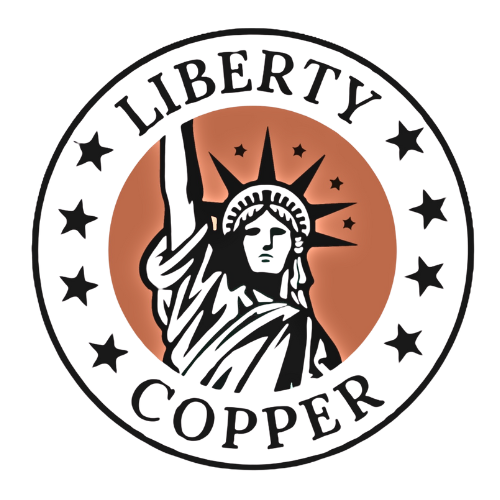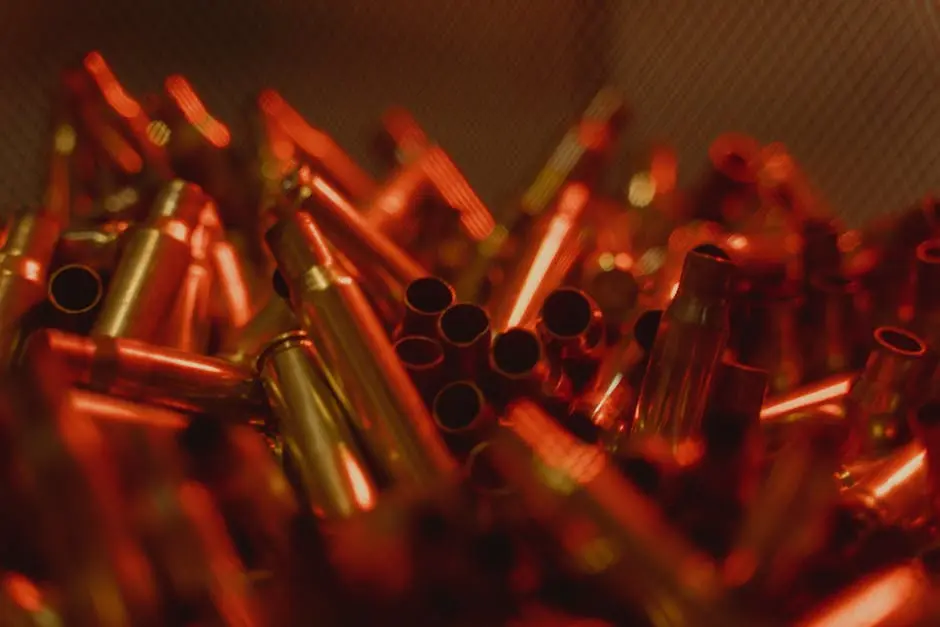When it comes to choosing metals for various applications, copper bars stand out for a multitude of reasons. From their impressive durability to their excellent conductivity, copper bars have distinct advantages that make them a preferred choice in many industries. In this blog, we’ll explore why copper bars might be the ideal material for your needs.
1. Exceptional Conductivity
Copper is known for its excellent electrical and thermal conductivity. This makes copper bars an ideal choice for electrical wiring and components, ensuring efficient energy transmission.
In fact, copper’s electrical conductivity is almost 60% higher than that of aluminum, another common electrical conductor. This means that copper bars can effectively transmit more electricity, reducing the loss of energy during transmission. For applications like power industry components, this efficiency can translate to significant cost savings and enhanced system reliability.
Furthermore, copper’s thermal conductivity is also a notable benefit. In applications where heat dissipation is crucial, such as in cooling systems and heat exchangers, copper bars excel. Their ability to quickly conduct heat away from critical components ensures that systems remain safe and operational, reducing the risk of overheating and associated failures.
2. Durability and Strength
Copper bars are incredibly durable and have high tensile strength. They can withstand heavy loads and are less likely to break or degrade over time, providing long-term reliability.
The durability of copper is particularly beneficial in construction and industrial applications. For instance, in environments where mechanical stress and vibrations are common, copper bars offer a robust solution that can endure these conditions without compromising performance. This makes them a preferred choice for structural components in bridges, buildings, and machinery.
Additionally, copper’s inherent ductility means it can be shaped and molded without losing its strength. This flexibility is advantageous during installation and maintenance, allowing copper bars to be easily adjusted or formed to fit specific requirements without risking structural integrity.
3. Resistance to Corrosion
One of the notable benefits of copper is its resistance to corrosion. Unlike other metals, copper does not rust and can maintain its integrity even in harsh environments.
The resistance to corrosion significantly extends the lifespan of copper bars, especially in moisture-rich or acidic environments. For example, in marine settings or chemical processing plants where exposure to corrosive substances is frequent, copper bars remain unaffected, thereby ensuring longevity and reducing maintenance costs.
Furthermore, copper’s natural oxidation process forms a protective layer known as patina. This layer not only adds to the metal’s durability but also enhances its aesthetic appeal, making copper bars a reliable and attractive choice for various applications.
4. Versatile Applications
Copper bars have a wide range of applications across various industries. They are used in plumbing, roofing, industrial machinery, and even in decorative arts, showcasing their versatility.
In the plumbing industry, copper bars are highly valued for their reliability and resistance to corrosion. They are commonly used in water supply lines and heating systems due to their ability to withstand high temperatures and pressures without degrading. In roofing, copper’s durability and aesthetic appeal make it a popular material for gutters, downspouts, and roofing tiles.
Moreover, the Element 1 Pound Copper Bullion Bar from Liberty Copper is an excellent example of copper’s versatility. This product is not only used for industrial purposes but also collected by enthusiasts for its aesthetic and historical value.
5. Aesthetic Appeal
In addition to their functional benefits, copper bars also offer an attractive appearance. Their natural sheen and color can enhance the aesthetic value of products and structures.
Copper’s distinctive reddish-brown hue adds a touch of elegance and sophistication to any application. Over time, copper develops a beautiful patina, a greenish-blue layer that gives it a vintage look while protecting it from further corrosion. This aesthetic transformation is highly sought after in architectural design, where copper is used for cladding, roofing, and intricate decorative elements.
Moreover, the Element 1 Pound Copper Bullion Bar from Liberty Copper showcases copper’s aesthetic appeal perfectly. The bar, etched with the periodic table symbol and atomic number, is not only a functional piece but also a visually appealing addition to any collection.
6. Eco-Friendly and Recyclable
Copper is a sustainable material that is fully recyclable. Using copper bars reduces the environmental impact and supports eco-friendly practices in construction and manufacturing.
Recycling copper requires significantly less energy compared to extracting and processing new copper from ore. This reduction in energy consumption translates to lower greenhouse gas emissions, making copper bars an environmentally responsible choice. Additionally, recycled copper maintains the same quality and performance as newly mined copper, ensuring that there is no loss of material integrity during the recycling process.
By choosing Liberty Copper, you are supporting sustainable practices in the industry. Their impressive selection of copper bars not only meets high-quality standards but also promotes environmental stewardship.
7. Antibacterial Properties
Copper has natural antibacterial properties, making copper bars a preferred choice in environments where hygiene is paramount, such as in hospitals and food processing units.
The antimicrobial effect of copper surfaces has been well-documented. Copper ions can destroy a wide range of harmful microorganisms, including bacteria, viruses, and fungi, upon contact. This makes copper bars an excellent material for touch surfaces, such as doorknobs, handrails, and countertops, in healthcare facilities where controlling the spread of infections is critical.
Additionally, in the food processing industry, copper’s antibacterial properties help maintain hygienic conditions. Surfaces made from copper can reduce the risk of contamination, ensuring that food products remain safe for consumption. This makes copper bars a reliable and safe choice for various hygienic applications.
8. Cost-Effectiveness
While copper might seem more expensive initially, its durability, low maintenance costs, and recyclability make copper bars a cost-effective choice in the long run.
The longevity of copper means that products made from copper bars often require less frequent replacement, reducing the overall cost of ownership. Additionally, copper’s resistance to corrosion minimizes the need for expensive maintenance and repairs, saving both time and money. These savings make copper a financially sound investment for both large-scale industrial projects and smaller residential applications.
Furthermore, the potential for recycling further enhances the cost-effectiveness of copper bars. When a copper product reaches the end of its life cycle, it can be easily recycled into new products, recapturing a significant portion of its initial value. This ability to be reused without any loss in performance contributes to long-term economic and environmental benefits.



